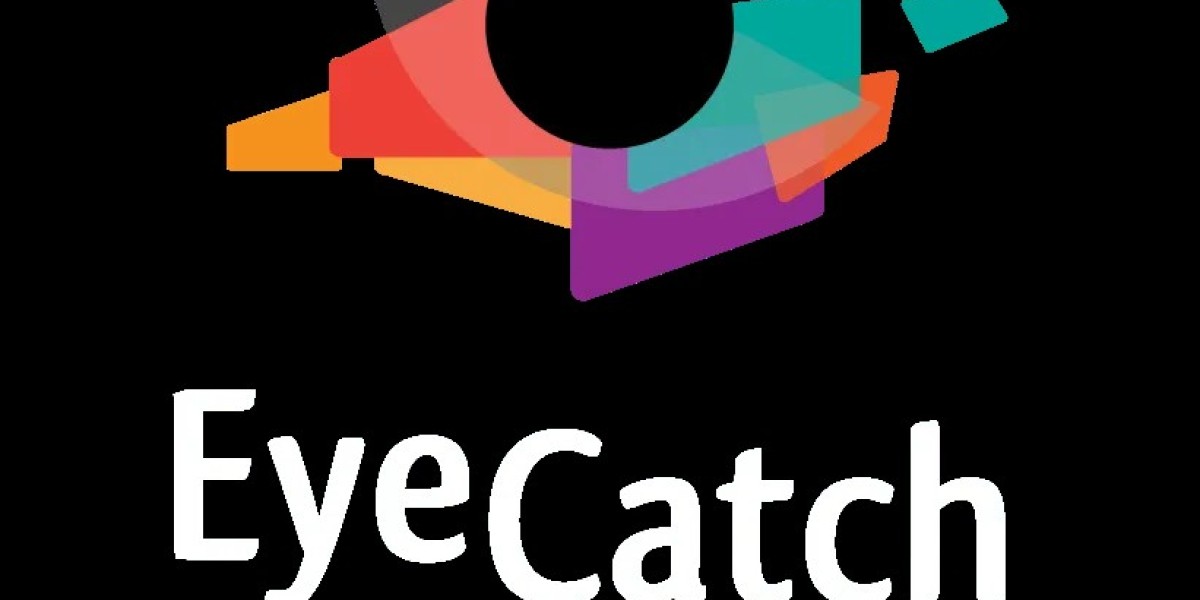In today’s fast-paced digital world, businesses must continuously evolve to keep up with the changing needs and expectations of their customers. One of the most significant advancements in the restaurant industry is the integration of digital menu boards. These innovative displays are revolutionizing the way restaurants communicate with their customers and offer a host of benefits that enhance the dining experience.
What Are Digital Menu Boards?
Digital menu boards are high-definition screens that replace traditional printed menus. Typically, these boards are displayed behind the counter or at strategic locations in the restaurant, showcasing a dynamic menu that can be easily updated in real-time. They allow restaurants to display more than just their offerings; they can integrate enticing visuals, pricing, nutritional information, and even promotions.
Key Benefits of Digital Menu Boards
Improved Customer Experience: One of the biggest advantages of digital menu boards is the enhanced customer experience. By displaying vivid images of menu items, restaurants can help customers visualize their choices, making it easier for them to decide. The ability to update the menu in real-time ensures that customers always have the latest information on new dishes, special offers, or daily deals. Moreover, interactive digital menu boards can allow customers to place orders directly, reducing wait times.
Increased Sales and Upselling Opportunities: Digital menu boards offer restaurants an excellent opportunity to upsell. By featuring promotional items, highlighting combo deals, or suggesting add-ons, restaurants can increase the average order value. Restaurants can also rotate items on the menu throughout the day, promoting breakfast in the morning and dinner specials in the evening, ensuring customers always see what’s relevant.
Cost-Efficient and Sustainable: Unlike traditional printed menus, which require reprinting every time a price or item changes, digital boards can be updated instantly with just a few clicks. This makes it not only more efficient but also environmentally friendly, as it reduces paper waste. Restaurants can stay agile by adapting their menus quickly without the cost of redesigning or reprinting.
Enhanced Branding and Flexibility: Digital menu boards provide an opportunity to strengthen the brand by customizing the design to align with the restaurant’s aesthetics. Whether it’s adding seasonal themes, special fonts, or creating a distinct visual identity, these boards offer unparalleled flexibility in content presentation.
Conclusion
As the restaurant industry continues to modernize, digital menu boards are proving to be an essential tool in enhancing customer experience, boosting sales, and offering a more sustainable, cost-effective solution. Restaurants that embrace this technology are not only future-proofing their businesses but also setting the standard for a modern, engaging dining experience.









